I believe one is a piece of ancient pottery. And I'm not sure what the others are.
Attachments
-
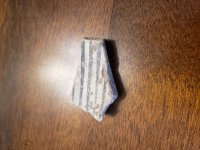 15878634435313526787358485198170.jpg1.4 MB · Views: 86
15878634435313526787358485198170.jpg1.4 MB · Views: 86 -
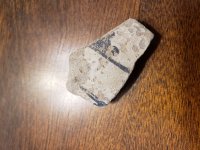 15878635031824019870375833738240.jpg1.5 MB · Views: 90
15878635031824019870375833738240.jpg1.5 MB · Views: 90 -
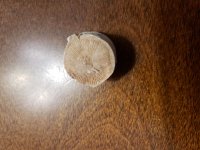 15878635802024172092749467460273.jpg1.2 MB · Views: 71
15878635802024172092749467460273.jpg1.2 MB · Views: 71 -
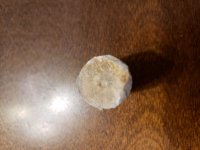 15878636102898873246818459436002.jpg823.5 KB · Views: 73
15878636102898873246818459436002.jpg823.5 KB · Views: 73 -
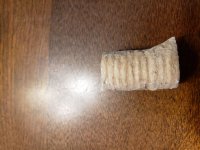 15878636621322777688704313236650.jpg1.2 MB · Views: 69
15878636621322777688704313236650.jpg1.2 MB · Views: 69 -
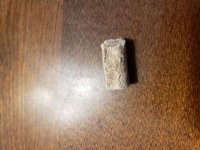 15878637191062685470780042302568.jpg1.2 MB · Views: 72
15878637191062685470780042302568.jpg1.2 MB · Views: 72




